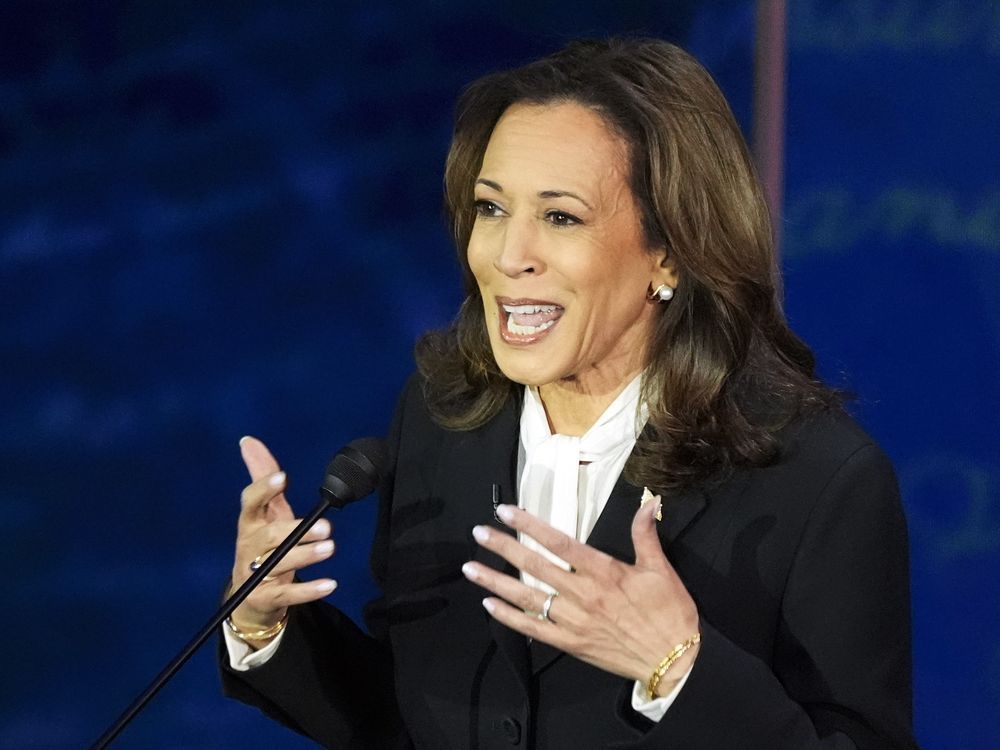The deal will cost taxpayers about $1.6 billion a year as the decision awards doctors 6.95 per cent for inflation, plus a three-per-cent increase this year
Published Sep 19, 2024 • 4 minute read

Thanks to the province’s physicians winning a big pay raise from an arbitration decision last week, the cost of doctors’ services in Ontario is going up sharply, by just under 10 per cent in one year. The deal will cost taxpayers about $1.6 billion a year. Good news for doctors, but the benefit for patients is a little more difficult to identify.
Arbitrator William Kaplan’s decision awards doctors 6.95 per cent to make up for past inflation, plus a three-per-cent increase for this year. Some of that money will be targeted to specific areas of health care, but the details haven’t been worked out yet. The Ontario Medical Association (OMA) and the provincial government are still negotiating the final three years of what will be a four-year deal.
Advertisement 2
THIS CONTENT IS RESERVED FOR SUBSCRIBERS
Enjoy the latest local, national and international news.
- Exclusive articles by Conrad Black, Barbara Kay and others. Plus, special edition NP Platformed and First Reading newsletters and virtual events.
- Unlimited online access to National Post and 15 news sites with one account.
- National Post ePaper, an electronic replica of the print edition to view on any device, share and comment on.
- Daily puzzles including the New York Times Crossword.
- Support local journalism.
SUBSCRIBE FOR MORE ARTICLES
Enjoy the latest local, national and international news.
- Exclusive articles by Conrad Black, Barbara Kay and others. Plus, special edition NP Platformed and First Reading newsletters and virtual events.
- Unlimited online access to National Post and 15 news sites with one account.
- National Post ePaper, an electronic replica of the print edition to view on any device, share and comment on.
- Daily puzzles including the New York Times Crossword.
- Support local journalism.
REGISTER / SIGN IN TO UNLOCK MORE ARTICLES
Create an account or sign in to continue with your reading experience.
- Access articles from across Canada with one account.
- Share your thoughts and join the conversation in the comments.
- Enjoy additional articles per month.
- Get email updates from your favourite authors.
Article content
While the increase rewarded is remarkably high, it pales in comparison to the 22.9 per cent the OMA was seeking. Yes, that’s 22.9 per cent in one year, an amount arbitrator Kaplan said would be “unprecedented.”
There was quite a gulf between the doctors’ ask and the government’s offer of a three-per-cent increase, an amount Kaplan rightly called “unrealistic.” The provincial government further weakened its case for moderation by arguing that there is no doctor shortage and no retention and recruitment problem.
Recommended from Editorial
-

Lethbridge was the best move a doctor made for her family
-

Woman dies after denied liver transplant over alcohol use
There is a legitimate dispute over the magnitude of Ontario’s doctor shortage, but not over the fact that there is one. The government prefers to say that 90 per cent of Ontarians have a regular health-care provider, which sounds like another way of saying there’s a doctor shortage.
The government’s own figures were used against it. The arbitrator ordered the government to release its physician workforce report, which shows it expects increasing shortages of doctors in many specialities between now and 2030.
By signing up you consent to receive the above newsletter from Postmedia Network Inc.
Article content
Advertisement 3
Article content
The OMA argued vigorously that higher pay is required to combat what it considers to be a recruitment and retention crisis. In response, the government pointed out that the number of doctors is increasing, not falling.
Further, all placements in the province’s medical schools and residency programs are filled. In fact, there are far more applicants wanting to get into medical school that there are spots. That’s a problem the government is addressing by adding two new medical schools. Unfortunately, it will be years before those schools produce graduates.
Perhaps the most important issue in front of the arbitrator was the notion that higher spending on doctors would help alleviate the physician shortage. Kaplan was not entirely persuaded that money will fix the system. He said, “Increasing compensation will not immediately result in additional doctors; the supply is finite, and most are already employed.”
That would seem to be the key point. Incentives for this or that specialty or family health-care model might shift doctors from one area to another, but it won’t create any new doctors. At best, it might help attract doctors from other provinces, but even there, the hope is limited. As of 2021–22, Alberta’s doctors were the highest paid in Canada, but the province is still struggling with a physician shortage.
Advertisement 4
Article content
It is unclear how much of the new spending will be used to increase the volume of health care and how much will pay doctors more money to do the same work they are doing now.
The OMA cites a recent survey of family doctors that indicated 76 per cent would hire additional staff and take on more patients. That would be great, if it happens, but the deal does not appear to be contingent on it. While some of the increase might go towards seeing more patients, it certainly won’t be all of it.
Family doctors have been complaining about the high cost of running a practice and low fees for a long time, not without justification. Here’s how the OMA breaks the pay situation down: The average total gross income of a family doctor is $373,646 a year. About 30 per cent of that goes to the overhead cost of running the practice. The remainder is considered corporate income. The physician’s salary is typically 70 per cent of that amount, $183,086. Corporate income also pays for a contribution of up to $55,000 for the doctor’s retirement savings.
After income taxes and Canada Pension Plan contributions, the doctor takes home $116,441. Some would say that take-home pay of $9,700 a month and a $55,000 pension contribution isn’t too shabby, but it depends on one’s expectations.
Advertisement 5
Article content
In summary, Ontarians will pay far more for physicians’ services, may or may not see any actual benefit, and can expect even more increases in the final three years of the deal. To be blunt, the Doug Ford government got hammered on this arbitration by offering an untenably small compensation increase and implausibly pretending that the province’s significant doctor shortage is far less impactful than it really is.
National Post
Get more deep-dive National Post political coverage and analysis in your inbox with the Political Hack newsletter, where Ottawa bureau chief Stuart Thomson and political analyst Tasha Kheiriddin get at what’s really going on behind the scenes on Parliament Hill every Wednesday and Friday, exclusively for subscribers. Sign up here.
Article content
.png)
 2 days ago
8
2 days ago
8



































 Bengali (BD) ·
Bengali (BD) ·  English (US) ·
English (US) ·